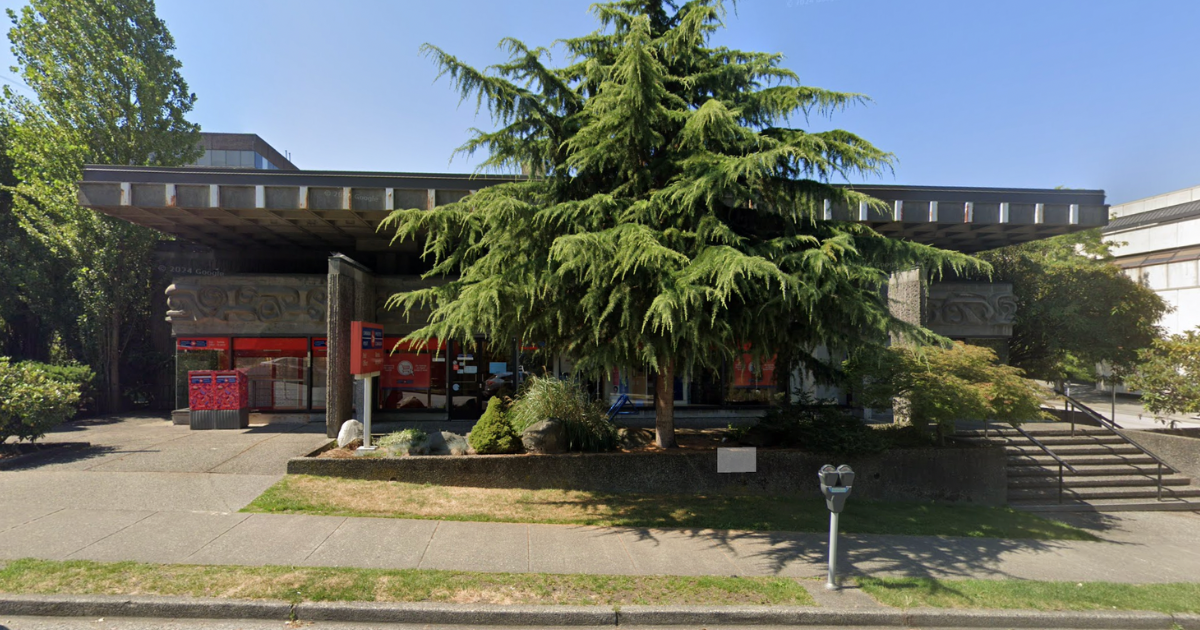Core to analysing a real estate investment is consideration of the pro forma income statement, often simply called a pro forma. A pro forma summarizes the key financial figures of an income producing building (or forecasts the anticipated revenue and expenses of a proposed building).
On a pro forma you’ll find a summary of the pertinent financial figures that an investor needs to consider. At the top of a pro forma is a section that lists and totals the income that a building produces. Below that is a section that lists and totals the expenses that a building incurs during its operation. Finally, below that is summary line listing the “pro forma net operation income” or NOI (NOI = total revenue less total expenses).
At it simplest, you can value a revenue generating building based on this NOI figure. Simply take NOI and divide it by a capitalization rate (NOI / Cap Rate = Value). I’ll discuss this method of valuation in greater deal in a separate article, because although this is one way to value a building, it is not always the best method.
You may or may not be familiar with an traditional income statement, which is one of the basic financial statements that you would receive from an accountant for any business. A pro forma income statement has some notable differences, however, that need to be recognized.
When a building is presented for sale, an investor will typically receive a pro forma income statement from the listing agent. This pro forma is colloquially known as the “brokers pro forma” and needs to be approached with caution. Not all agents can produce this type of statement, let alone critically evaluate one.
One of the quirks of the Canadian real estate industry is that broker pro forma is often just an abstraction of the actual financial performance of a building. The broker pro forma will inevitably paint the building in the best possible light. For example, while certain line items simply are what they are (realty taxes and utilities for example), others are open to interpretation. Insurance, repairs and maintenance, staffing and management are just some of the line items that are sometimes adjusted on a broker pro forma to reflect a lower cost than what is actually being incurred in the building.
While this seems bizarre, there is a rationale from the seller’s perspective for this. While the current owner may run the building “rich” with high staffing costs, market leading advertising and promotion and an expensive repair and maintenance program, the buyer may intend to run the building “lean” when they step in to the owner’s shoes. Therefore, the listing broker presents the building with the bare minimum of expenses and the maximum possible revenue.
It’s up to the buyer to take the broker pro forma and adjust it line by line to numbers that they feel are reflective of how they plan to run the building and produce their own pro forma. For example, the broker’s pro forma may list repair and maintenance at $500 per unit per year. You as a buyer may budget $700 per unit per year. On a 20-unit building, this means you will have adjusted the broker’s pro forma NOI down by $4,000 (($700 – $500) X 20 = $4,000). In reducing the building’s NOI, you will have reduced the building’s value to you and the price you would willingly pay for it.
Ultimately, a pro forma is a projection – an attempt to look at a building in an abstract way through the lens of numbers. Every investor and seller will have a different opinion on the “real” figure that should be used for each line item that in sum produce an NOI. It’s because of this that no two investors are likely to have the same conclusion on what a property is worth, and why there is inevitably a negotiation between buyer and seller when determining a sale price.
Every buyer will come to a deal with a different operational model, cost structure and strategy. It’s important to understand these nuances because they will directly influence how you approach a pro forma and how your agent will negotiate your deal.
Sean Tait is a senior sales associate with Lennard Commercial Realty’s Multi-Family Investments Team in Toronto. Together, his team has completed over half a billion dollars’ worth of commercial transactions. Email Sean or phone 416-732-1701.
















